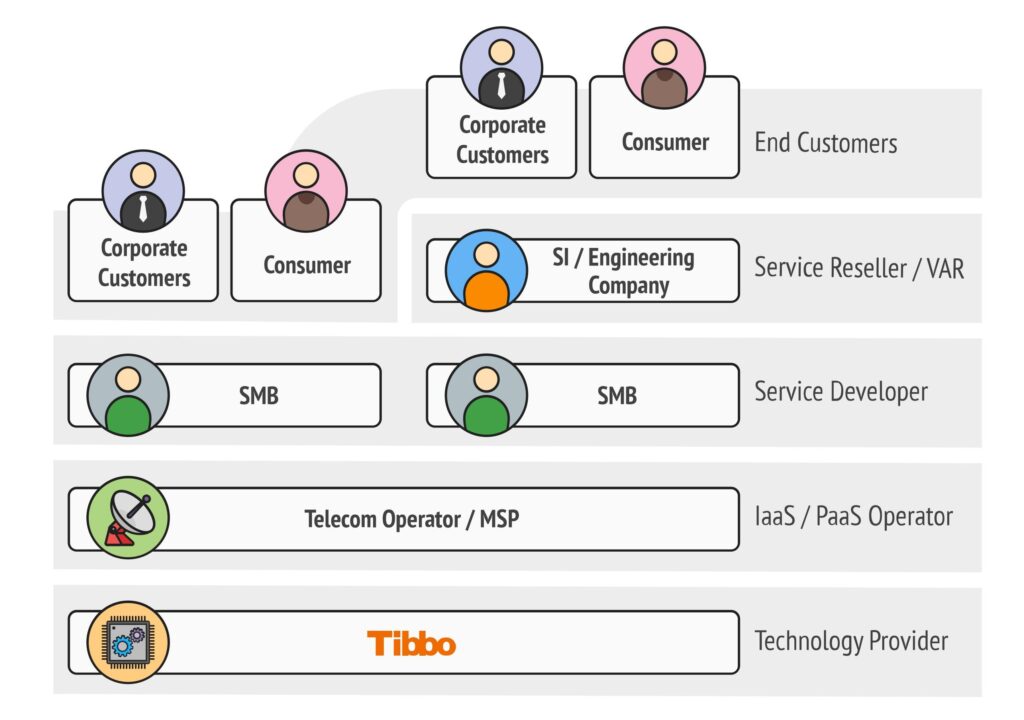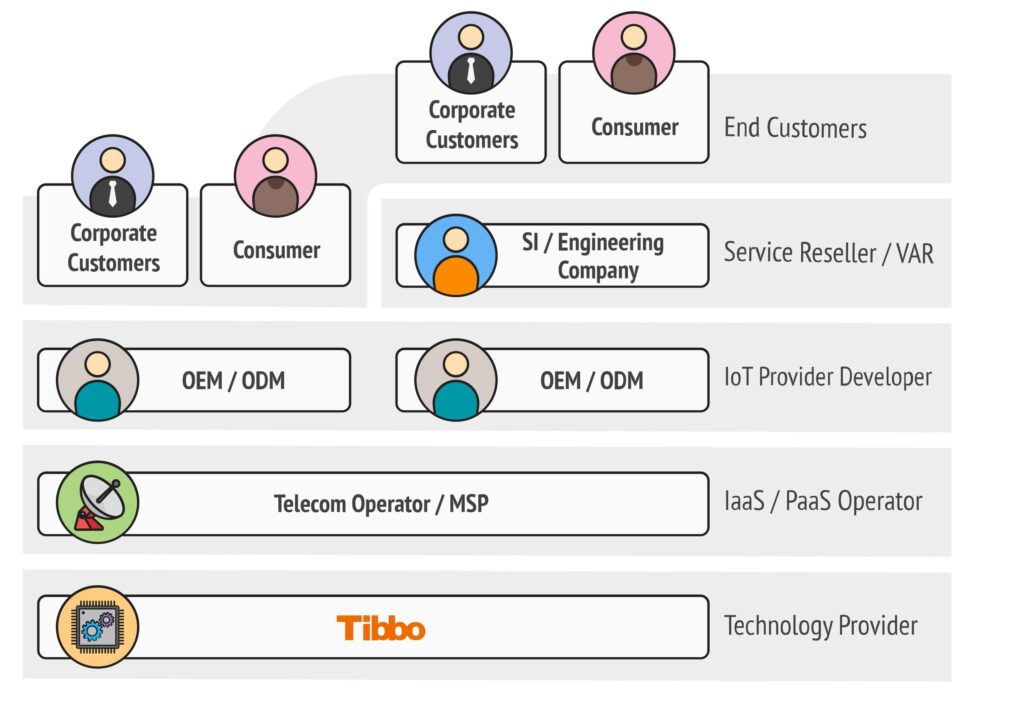iot farm help not only for sensors and device even use for payment area and helps telecom operators and managed service providers enable the delivery of end-used IOT services and barebone IOT platform instances. These efforts are targeted to building an ecosystem of technology partners providing different IoT devices and developing vertical IoT applications within the bounds of telecom or cloud infrastructures.The way we are going to render all iot device in the world.We can handle billions iot device at the same time.
The business method described below do not consider any specific vertical market requirements. very much business process are applicable for the B2B scenarios (B2B2B, B2B2G, B2B2C) .
This is one of the customized products sales.Your cloud platform is used for data collection, storage, analytics, and visualization this is like centralized.The enterprise customers have multiple device types that should be connected both directly (for IP devices) and via IoT gateways.

The vertical solution setup often assumes inviting a system integrator having:
teach your people inside company such as (system integrator/engineering company) can drive a sale of such a custom solution.
In such projects, the automated AAA such as accounting authorization and authentication is not applicable. The pricing proposal and billing methods are developed individually.
There is a separate platform instance provided for every customer so customer will have separate . Multi-tenant servers are not used. In most cases, the cloud platform server is integrated into the customer’s corporate system within the project scope.
The iot platform edge instances can operate inside gateways and perform the following tasks:
Upgrade and management and configuration of the edge platform instances is performed by the main platform server. This centralized edge gateway management is a part of the value proposition to customers having a large number of remote objects .

The customers of this type switch to a cloud IaaS/PaaS infrastructure as long as the following conditions are fulfilled:
The technical implementation strategy of this business scenario:
The most important overall success factor here is active marketing of the IoT Cloud solution both online and during the industry events. In this case, your B2B salesforce plays a minor role since the customers can try and implement an IoT solution by themselves.
IoT ODM face the same challenges as smaller companies implementing their IoT projects: preparation of a cloud infrastructure, deployment and maintenance of a device management software, designing a monitoring system atop of it. The companies producing smart meters, fitness bands and pet trackers serve as good examples for the case.
It often happens that such companies start developing their own cloud system from scratch, but soon realize that the costs for its development and support are huge. However, the system they are trying to build is hardly customizable and doesn’t meet the high-profile customer requirements.
Having an option to host the IoT platform (according to PaaS model) at a predictable price comparable with the server hosting costs (i.e. 2-5 times higher, though not 10-100 times), many of such companies will employ a cloud platform from day one, the others will even give up on the software development.
In contrast to the SMB scenario, most OEM vendors develop their own unique system front-end (interface) regardless of the quality and capabilities of the Platform’s UI Builder.

In a technical sense, this scenario is scarcely different from the SMB scenario. Billing and scalability are handled in the same way. However, some minor differences still exist:

At the present decentrilize iot coming inside market each device should approve with another device all hash shared together, a data center infrastructure for the IoT platform instance deployment and scaling is already in place, and the billing/user account integration scenarios are designed, tested out and well-functioning.
The development of custom out-of-the-box IoT services (for both B2B and B2C segments) turns out to be cost-effective from this point.
Most telecoms and MSPs tend to evolve their own services in parallel to the technology partner ecosystem built around their cloud.
Dellatek Technology is a wholesale colocation company comprised of proven industry veterans who are committed to delivering sustainable data center solutions that reduce environmental and economic cost.